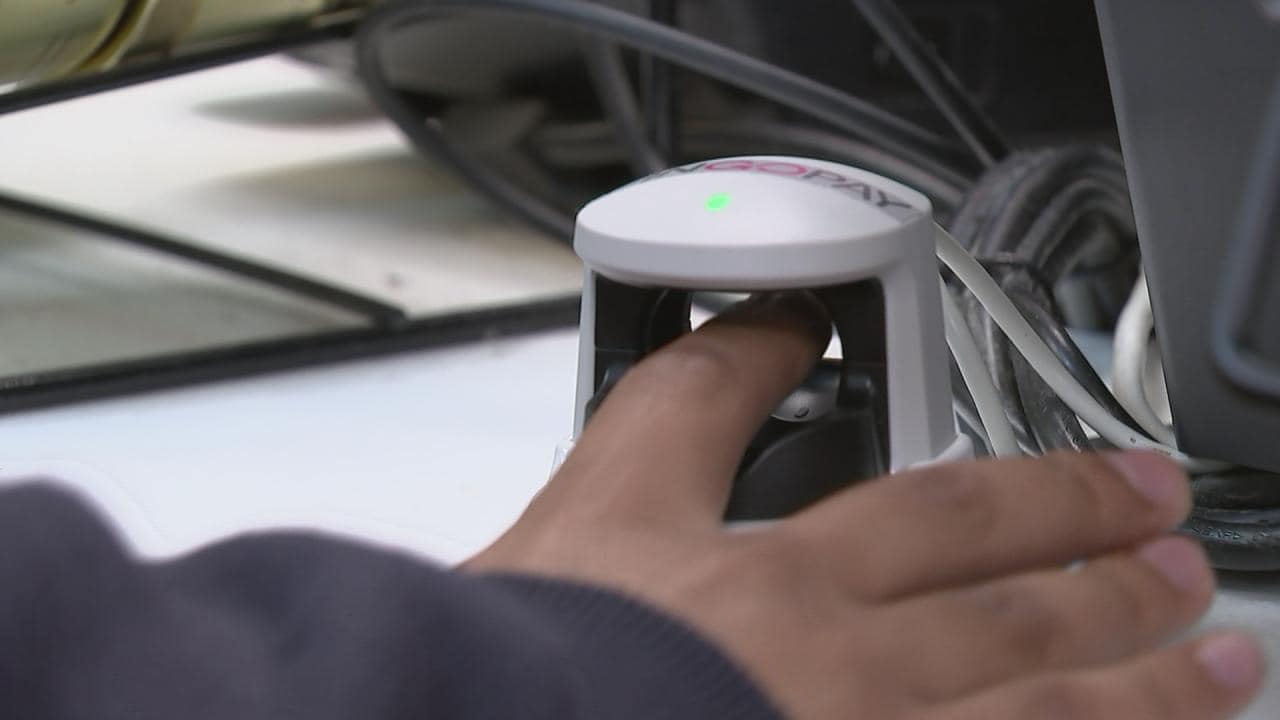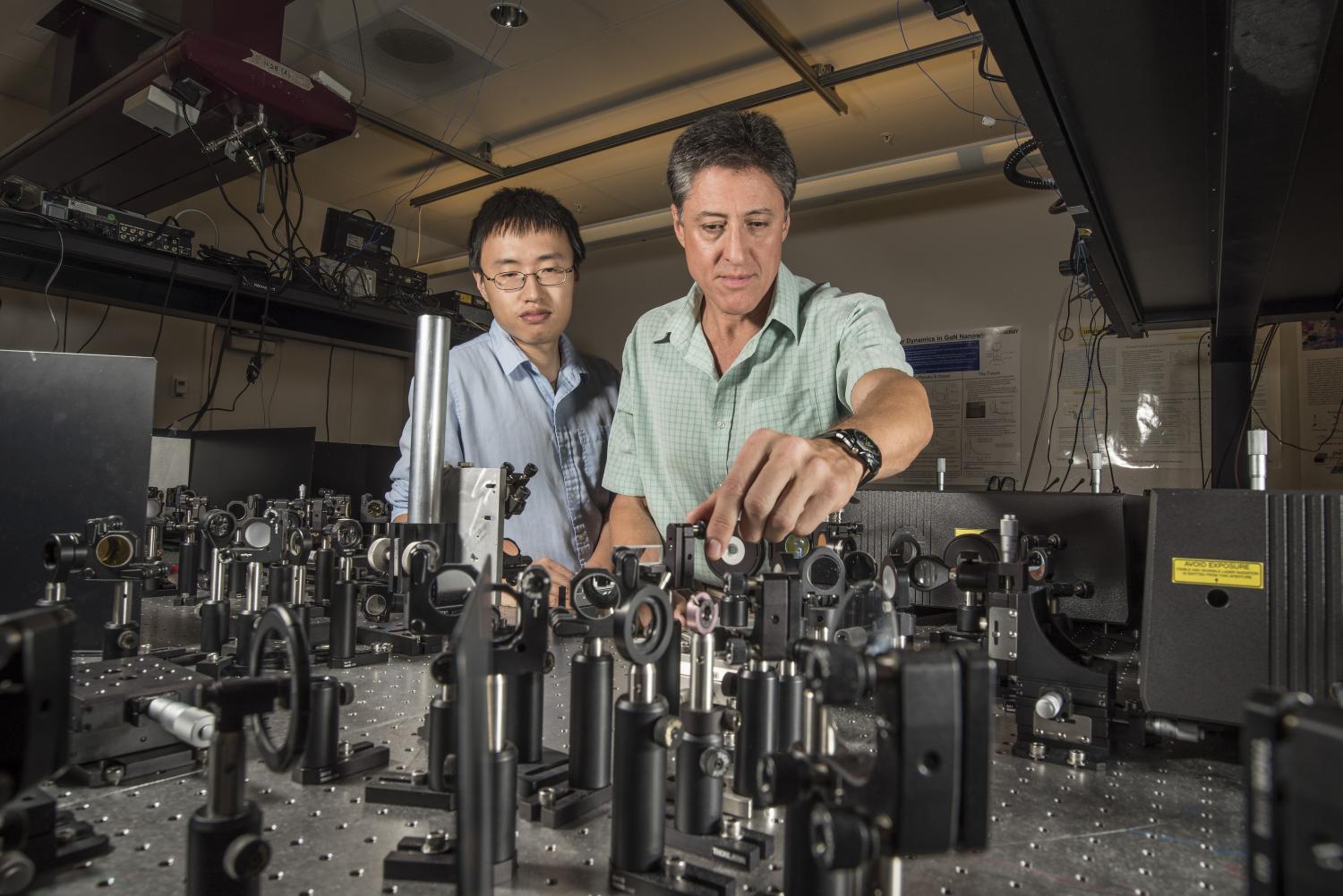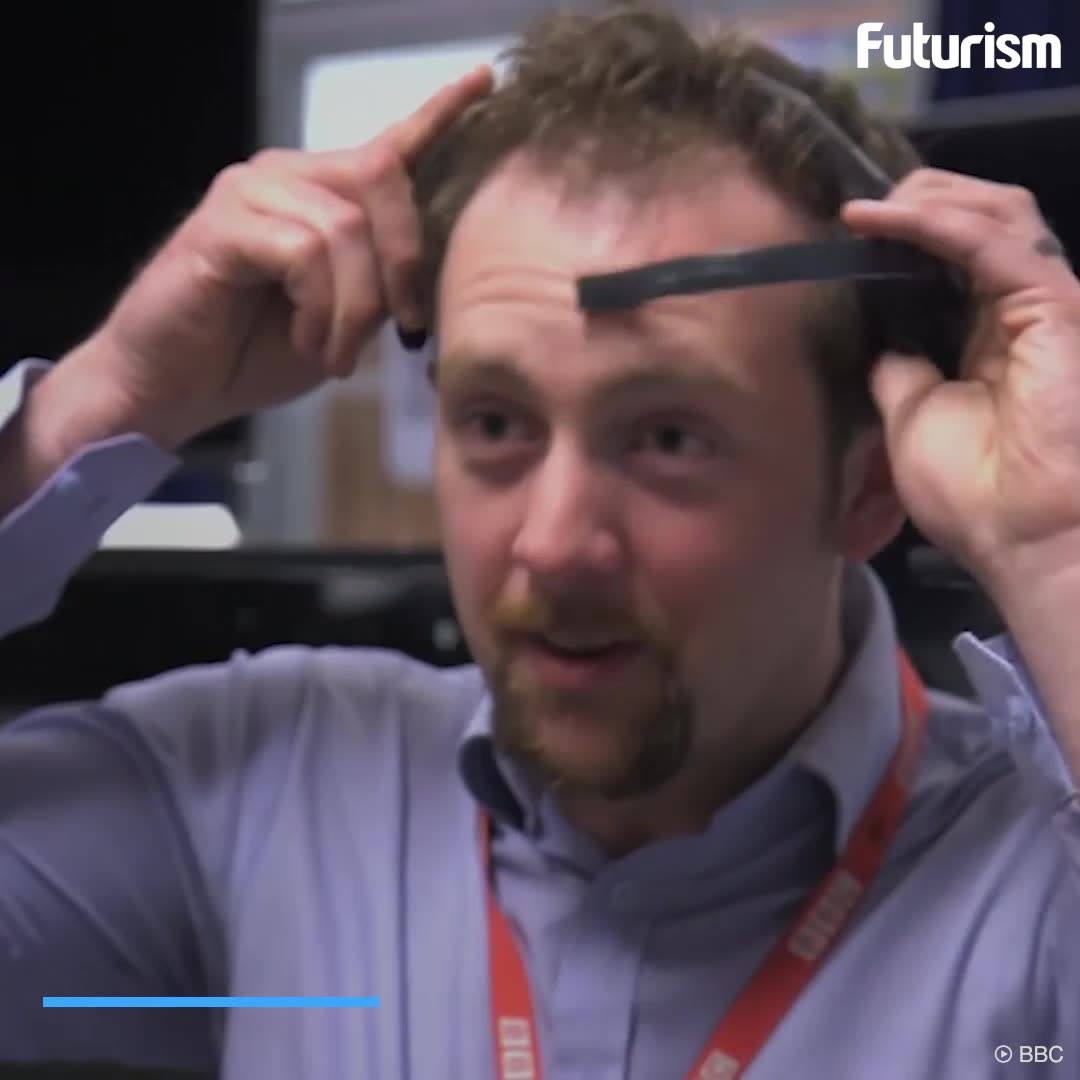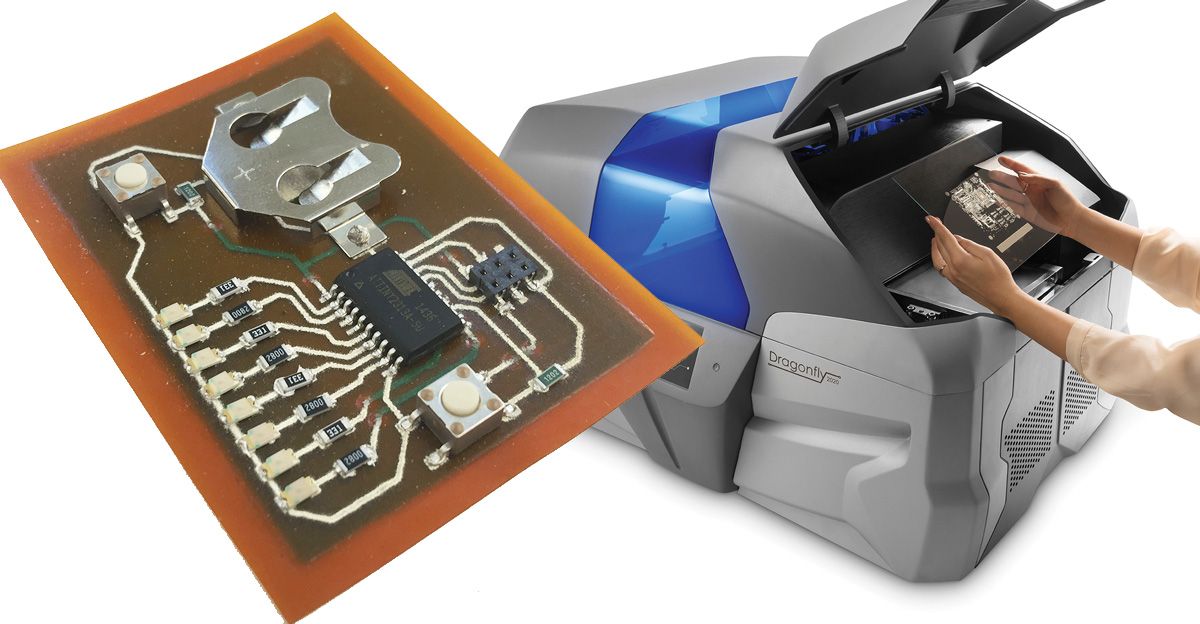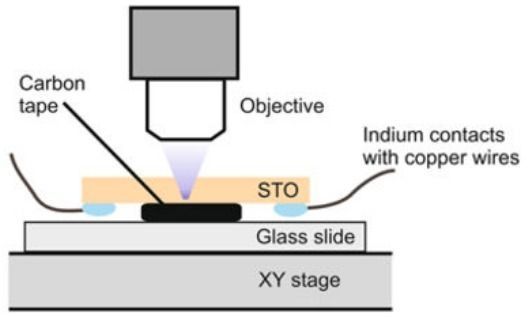Archive for the ‘electronics’ category: Page 69
Sep 24, 2017
British supermarket offers ‘finger vein’ payment in worldwide first
Posted by Shailesh Prasad in category: electronics
A UK supermarket has become the first in the world to let shoppers pay for groceries using just the veins in their fingertips.
Customers at the Costcutter store, at Brunel University in London, can now pay using their unique vein pattern to identify themselves.
The firm behind the technology, Sthaler, has said it is in “serious talks” with other major UK supermarkets to adopt hi-tech finger vein scanners at pay points across thousands of stores.
Continue reading “British supermarket offers ‘finger vein’ payment in worldwide first” »
Sep 14, 2017
Nanotechnology experts create first terahertz-speed polarization optical switch
Posted by Saúl Morales Rodriguéz in categories: electronics, nanotechnology
A Sandia National Laboratories-led team has for the first time used optics rather than electronics to switch a nanometer-thick thin film device from completely dark to completely transparent, or light, at a speed of trillionths of a second.
The team led by principal investigator Igal Brener published a Nature Photonics paper this spring with collaborators at North Carolina State University. The paper describes work on optical information processing, such as switching or light polarization control using light as the control beam, at terahertz speeds, a rate much faster than what is achievable today by electronic means, and a smaller overall device size than other all-optical switching technologies.
Electrons spinning around inside devices like those used in telecommunications equipment have a speed limit due to a slow charging rate and poor heat dissipation, so if significantly faster operation is the goal, electrons might have to give way to photons.
Continue reading “Nanotechnology experts create first terahertz-speed polarization optical switch” »
Aug 29, 2017
Don’t lift a finger — this headset lets you control your TV using only your mind!
Posted by Shailesh Prasad in category: electronics
Aug 29, 2017
Could 3D Printing Disrupt the Electronics Industry?
Posted by Klaus Baldauf in categories: 3D printing, electronics
Moving PCB production in-house can save over 60% in prototyping time, produce better products, and greatly reduce the supply chain.
Aug 24, 2017
Futurist Gray Scott: We are Part of a Technological Cosmos
Posted by Johnny Boston in categories: biological, bionic, electronics, evolution, futurism, human trajectories, innovation, media & arts, philosophy, robotics/AI

How will our relationship to technology evolve in the future? Will we regard it as something apart from ourselves, part of ourselves, or as a new area of evolution? In this new video from the Galactic Public Archives, Futurist Gray Scott explains that we are a part of a technological cosmos. Do you agree with Scott that technology is built into the universe, waiting to be discovered?
Follow us on social media:
Twitter / Facebook / Instagram
Continue reading “Futurist Gray Scott: We are Part of a Technological Cosmos” »
Tags: cosmos, future, futurist, futuristic, Geometry, GPA, gray scott, math, philosopher, philosophy, science, tech, technological, technology, transhumanism, video, writer, writing
Aug 17, 2017
Life or Death: Will Robo-Cars Swerve for Squirrels?
Posted by Johnny Boston in categories: automation, driverless cars, drones, electronics, ethics, fun, humor, media & arts, robotics/AI, transportation

Self Driving Cars and Ethics. It’s a topic that has been debated in blogs, op-eds, academic research papers, and youtube videos. Everyone wants to know, if a self-driving car has to choose between sacrificing its occupant, or terminating a car full of nobel prize winners, who will it pick? Will it be programmed to sacrifice for the greater good, or protect itself — and its occupants — at all costs? But in the swirl of hypothetical discussion around jaywalking Grandmas, buses full of school-children, Kantian Ethics and cost-maps, one crucial question is being forgotten:
What about the Squirrels?
Continue reading “Life or Death: Will Robo-Cars Swerve for Squirrels?” »
Tags: AI, auto, autonomous, autonomous AI, autonomous cars, cars, dilemma, driving, ethical dilemma, ethics, GPA, self driving, self driving car, squirrels, video
Aug 10, 2017
Ossia thinks it’s licked the problems with through-the-air charging
Posted by Dan Kummer in category: electronics
Plenty of companies are working on through-the-air charging for consumer electronics, but they face a lot of problems. One company believes it has licked all of these problems.
Aug 9, 2017
The new Nissan Pathfinder will honk if you try to leave your kids in a hot car
Posted by Shailesh Prasad in categories: electronics, transportation
Let’s face it: people are awful. They’re stupid and forgetful and do terrible things like leave pets and children in hot cars. Safety experts say that an average of 37 children die in locked vehicles every year. And while there is no obvious solution to this particular aspect of humanity’s chronic wretchedness, there are some new safety features coming out soon that can hopefully help prevent these types of tragedies from happening.
Starting in 2018, the new Nissan Pathfinder will include sensors that can detect when the rear door is opened before a trip, so that if the driver neglects to open the rear door again after the car in parked, the horn will beep several times as a reminder. That way, drivers wouldn’t get more than a few steps away before being reminded to give the backseat a quick check. The new system will also display an alert on the instrument cluster behind the steering wheel, so the driver gets a reminder even before he or she leaves the vehicle.
Aug 5, 2017
How to turn a crystal into an erasable electrical circuit
Posted by Sean Brazell in categories: electronics, physics

Washington State University (WSU) physicists have found a way to write an electrical circuit into a crystal, opening up the possibility of transparent, three-dimensional electronics that, like an Etch A Sketch, can be erased and reconfigured.
Ordinarily, a crystal does not conduct electricity. But when the researchers heated up crystal strontium titanate under the specific conditions, the crystal was altered so that light made it conductive. The circuit could be erased by heating it with an optical pen.
Continue reading “How to turn a crystal into an erasable electrical circuit” »

